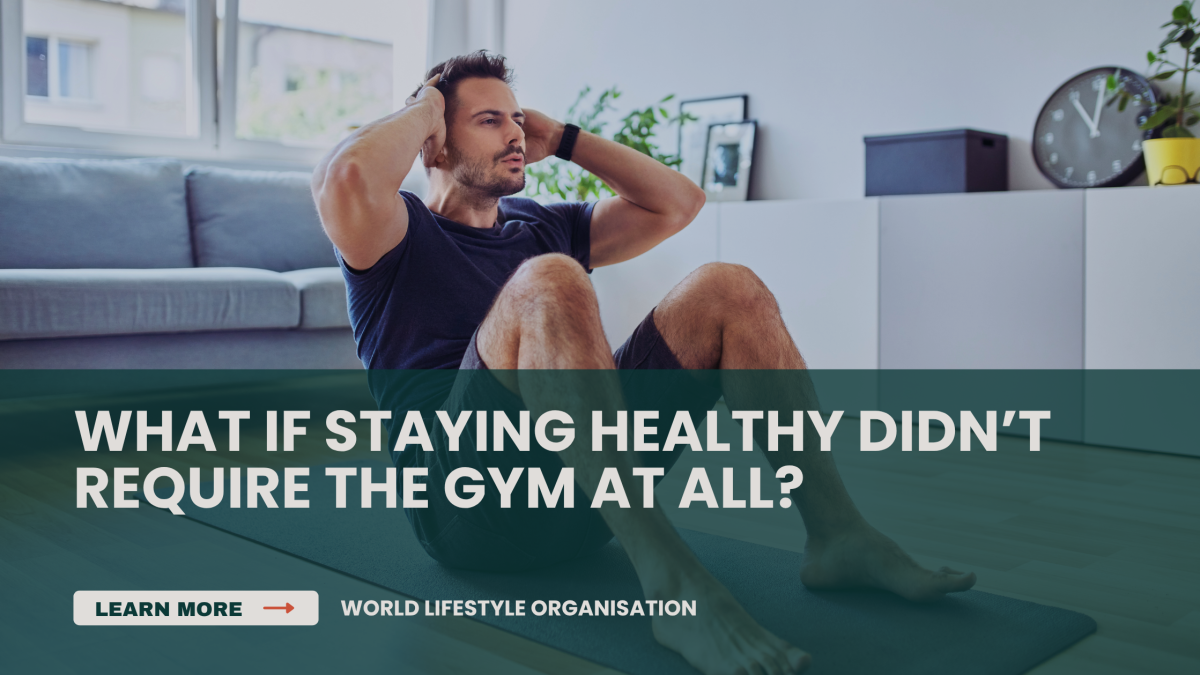Move lightly, live longer: The power of consistent everyday activity

New research highlights that gentle, regular movement — not extreme workouts — may hold the key to long-term health and vitality
What if staying healthy didn’t require the gym at all?
Emerging science in 2025 shows that consistent, low-intensity movement — walking, stretching, cycling to work — can offer lasting health benefits. It’s not about doing more, but about **moving often**.
🩺 Key Facts
- Physical inactivity contributes to 5 million premature deaths per year (WHO).
- Just 30 minutes of light activity daily lowers risk of heart disease by 25%.
- Long periods of sitting increase mortality risk by up to 49% — even in people who exercise.
Why does “light but regular” movement matter?
Do we underestimate small movements?
Recent insights shared by (WorldHealth.net (2025) and the WHO’s 'Every Move Counts' campaign reveal that gentle, consistent activity supports blood circulation, mood, and longevity. Our bodies thrive on frequent movement rather than occasional intensity.
How can people build this into busy lives?
Is it really possible to move more without extra time?
Yes — through “integrated movement”:
- Walk or cycle short distances.
- Stand or stretch during calls.
- Take stairs instead of lifts.
- Do household tasks mindfully.
Small habits add up, especially for those who find structured workouts inaccessible due to time, cost, or health conditions.
What does this mean for public health?
Could simple daily motion ease healthcare pressures?
Experts believe so. Encouraging active transport and movement-friendly cities could reduce chronic disease burden and healthcare costs. Employers also play a role: promoting “movement breaks” at work improves wellbeing and productivity.
💡 Core message: Sustainable health starts with small, steady moves.
👉 Want more science-backed lifestyle insights? Join our newsletter.
 Dylan | World Lifestyle Organisation
Dylan | World Lifestyle Organisation 